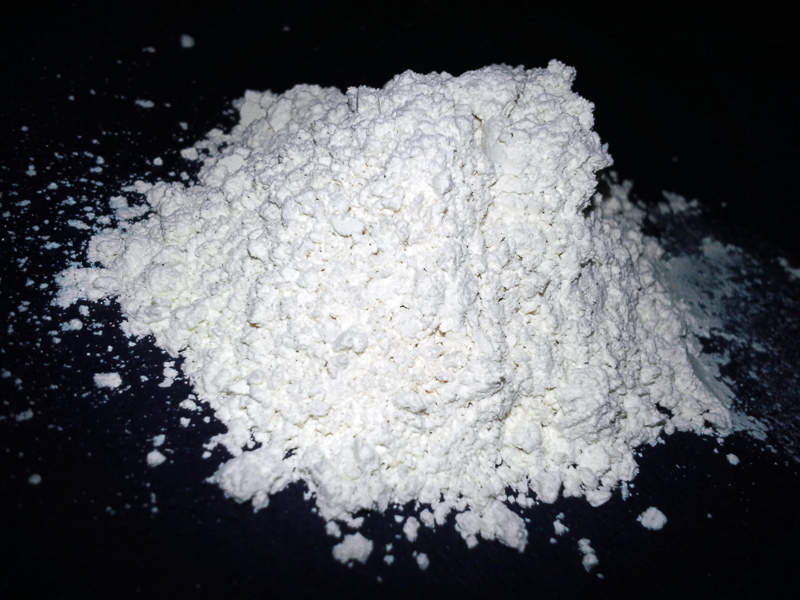Diatomite. It can also be used as a natural preservative for protecting stored grains. Photo:
As farmers grapple with voracious pests in farms and stores, new pest control methods are being fronted as the ultimate solution to the farmers’ woes. But the pests are developing resistance to these pest control arsenals further fanning the crop attacks.
But age old methods still reign and are proving potent even in environmental protection. One such method is the use of diatomite, a powder made up of fossilized microscopic plants called diatoms. The plants once lived in the oceans and lakes, which covered much of the world in prehistoric times. Today they remain as deposits of soft porous white rock. In Kenya the African Diatomite Industries Company mines diatomite at Kariandusi near Gilgil and Soysambu.
This porous white rock is pounded to extremely fine powder, consisting of millions of small particles which have very sharp edges. So how does diatomite work against insects,and why is it deadly to them?
Most insects have a waxy outer shell covering their bodies. When diatomite's sharp edges come into contact with an insect or a parasite, the protective coating is pierced, causing the insect to dehydrate and die. This makes diatomite an excellent and totally natural pest control, with no risk of chemical damage to animal tissue.
By rubbing the dust into an animal's coat, it can be used as a control for fleas, lice and other external pests. When used correctly, diatomite is effective against ants, aphids, bollworm, salt marsh caterpillar, cockroaches, maize worms, earwigs, houseflies, fruit flies, leaf perforators, leaf hoppers, lygus bugs, mites, pink boll weevils, red spider mites, slugs, snails, termites, and many other insects.
Australian and American farmers have for decades relied on diatomite to control pests in both cattle and plants.
The very strict US health laws do not require products containing the substance to carry a warning, but one should avoid breathing in diatomite dust.
Diatomite, a naturally occurring siliceous sedimentary mineral compound, is relatively unknown in Africa. Not even in South Africa do the farmers know about Diatomite, even though the country boasts some top quality diatomaceous earth, all of which is mined in the Northern Cape.
Diatomite can also be used as a natural preservative for protecting stored grains. A farmer is required to apply 3 kilos of the substance to each ton of maize, barley,, wheat, oats, rice, rye, sorghum or mixtures of these grains directly after harvesting. Coating the grain's outside surface can be done when the grain is being moved into storage.
Following strict rules on use of chemicals in agricultural produce exported to European Union markets in the last few years, Kenyan companies growing flowers for export to this market are increasingly turning to diatomite for pest control.
Diatomite can be mixed with water and sprinkled over the vegetables. In Kenya diatomite is on the market under the name KensilF.
A kilogramme of KensilF goes for Sh20. For trade enquiries farmers interested in buying diatomite should get in touch with the company

















Comments powered by CComment